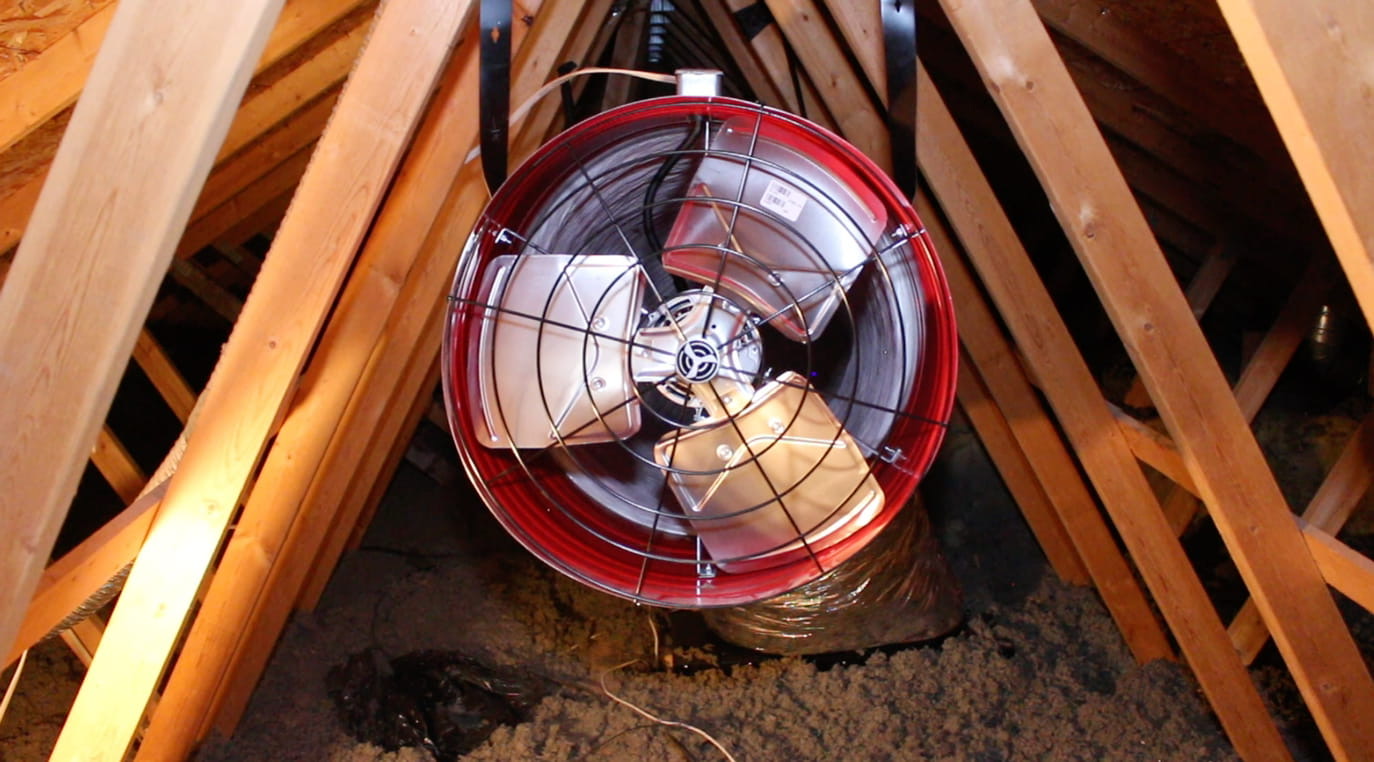

Articles
Why Does My Attic Fan Make Noise
Modified: May 6, 2024
Discover why your attic fan is making noise with these informative articles. Find out how to troubleshoot and fix common issues to ensure a quieter and more efficient cooling system.
(Many of the links in this article redirect to a specific reviewed product. Your purchase of these products through affiliate links helps to generate commission for Storables.com, at no extra cost. Learn more)
Introduction
Attic fans are an excellent addition to any home. They help regulate temperatures, improve ventilation, and reduce energy costs. However, sometimes these fans can be a source of annoyance due to the noise they produce. If you’ve ever wondered, “Why does my attic fan make noise?” you’re not alone. In this article, we will explore some common causes of noise in attic fans and provide you with maintenance and troubleshooting tips to help resolve the issue.
Attic fans are designed to circulate air and remove hot air from the attic space. They typically consist of a motor, fan blades, and a housing unit. While these components work together to provide a cooling effect, they can also lead to noise if not functioning properly or if they have encountered wear and tear over time.
Understanding the reasons behind the noise will help you diagnose the problem and find a suitable solution. Let’s delve into some of the common causes of noise in attic fans.
Key Takeaways:
- Regular maintenance, such as cleaning fan blades and lubricating moving parts, can prevent noise issues in attic fans, ensuring optimal performance and a quieter living environment.
- Identifying and addressing common causes of noise, such as loose fan blades and worn-out bearings, can restore the quiet operation of attic fans, enhancing home comfort and ventilation.
Read more: Why Does My Fan Make Noise
Common Causes of Noise in Attic Fans
Noise in attic fans can be attributed to various factors. Identifying the cause of the noise is essential in order to address the issue effectively. Let’s explore some of the common causes:
- Loose or Misaligned Fan Blades: Over time, attic fan blades can become loose or misaligned. When this happens, they can create a knocking or rattling sound as the fan spins. This can be caused by simple wear and tear or improper installation.
- Worn-out Bearings: Attic fans are equipped with bearings that help the motor shaft spin smoothly. However, over time, these bearings can become worn out or damaged, resulting in a grinding or squealing noise. Worn-out bearings will need to be replaced to eliminate the noise.
- Loose Fan Motor Mounting: The motor that powers the attic fan is secured to the housing unit through mounting screws or brackets. If these mounting components become loose, the motor may vibrate and produce a rattling or humming noise. Checking and tightening the motor mounting can resolve this issue.
- Dust and Debris Buildup: Dust, dirt, and debris can accumulate on the fan blades and housing, causing them to become unbalanced and produce noise. Regular maintenance, such as cleaning the fan blades and housing, can help prevent this buildup and minimize noise.
- Improper Installation: Attic fans need to be installed correctly to ensure optimal performance and minimize noise. If the fan is not properly installed or aligned, it may create noise during operation. Consulting a professional installer or following manufacturer guidelines can help address installation-related issues.
These are just a few of the common causes of noise in attic fans. It’s important to note that every fan model is different, and the specific cause of the noise may vary. If you’re unsure about the cause or unable to resolve the issue on your own, it’s recommended to seek assistance from a professional technician.
Loose or Misaligned Fan Blades
One of the primary causes of noise in an attic fan is loose or misaligned fan blades. Over time, the constant rotation of the fan blades, exposure to temperature changes, and general wear and tear can lead to looseness or misalignment. This can result in annoying knocking or rattling sounds when the fan is in operation.
To determine if loose or misaligned fan blades are the cause of the noise, it’s important to inspect the fan carefully. Start by turning off the fan and disconnecting the power source for safety. Then, examine the fan blades, looking for any signs of physical damage or looseness. You can try gently moving the blades back and forth to check for excessive play or wobbling. If you notice any abnormal movement, it’s likely that the blades need to be tightened or realigned.
If the blades are loose, you can tighten them by using a screwdriver to tighten the screws or bolts that secure the blades to the motor shaft. Be cautious not to overtighten, as this can cause damage. It’s also a good idea to inspect the screws or bolts themselves and replace any that are worn or damaged.
In some cases, the fan blades may be misaligned rather than loose. This can occur due to improper installation or if the fan has been moved or bumped. To realign the fan blades, gently adjust their position so that they are straight and parallel to each other. Avoid bending or forcing the blades, as this can cause damage. Once the blades are properly aligned, secure them in place by tightening the screws or bolts.
Regular maintenance can help prevent loose or misaligned fan blades from becoming a recurring issue. Keep the fan clean and free from dust and debris. This will not only improve the airflow and efficiency of the fan but also reduce the likelihood of the blades coming loose or misaligned.
In some cases, if the fan blades are severely damaged or if tightening and realigning them does not resolve the noise issue, it may be necessary to replace the blades. Consult the manufacturer’s instructions or seek professional assistance if you are unsure about the replacement process.
By addressing loose or misaligned fan blades promptly, you can not only eliminate the noise but also ensure that your attic fan operates smoothly and efficiently.
Worn-out Bearings
Another common cause of noise in attic fans is worn-out bearings. Bearings are essential components that allow the motor shaft to spin smoothly. Over time, the constant friction and vibration of the motor can cause the bearings to wear out, resulting in a grinding or squealing noise.
To determine if worn-out bearings are the cause of the noise, you will need to examine the fan motor. Start by turning off the fan and disconnecting the power source for safety. Depending on the design of your attic fan, you may need to remove the motor housing to access the bearings.
Once you have access to the bearings, carefully inspect them for signs of wear or damage. Look for any metal shavings, rust, or excessive play in the bearings. You can try spinning the motor shaft with your hand to feel for any grinding or roughness.
If the bearings are indeed worn out, they will need to be replaced. It’s best to refer to the manufacturer’s instructions or consult a professional technician for guidance on the specific replacement bearings required for your attic fan model.
Replacing the bearings can be a complex task and may require disassembling and reassembling the fan motor. It’s recommended to have a professional technician perform this task, especially if you are not familiar with electrical components or motor repair.
Regular maintenance can help prolong the lifespan of the bearings and prevent premature wear. One important maintenance task is to lubricate the bearings annually or as recommended by the manufacturer. This helps reduce friction and can prevent wear and noise. Be sure to use the appropriate lubricant specified by the manufacturer.
Addressing worn-out bearings promptly is crucial to prevent further damage to the fan motor and ensure the smooth and quiet operation of your attic fan. Regular maintenance and lubrication can help extend the lifespan of the bearings and minimize the likelihood of noise issues in the future.
Loose Fan Motor Mounting
One of the potential causes of noise in an attic fan is a loose fan motor mounting. The fan motor is typically secured to the housing unit through mounting screws or brackets. If these mounting components become loose over time, it can result in vibrations and rattling noise.
To determine if loose fan motor mounting is the culprit behind the noise, start by turning off the fan and disconnecting the power source. Then, carefully examine the fan motor and its mounting components. Look for any visible signs of looseness or movement.
If you notice that the motor mounting screws or brackets are indeed loose, you can tighten them to restore a secure connection. Use a screwdriver or appropriate tool to gently tighten the fasteners. Be cautious not to overtighten, as this can cause damage to the motor or housing unit.
It’s also worth inspecting the mounting screws or brackets themselves. If they are worn or damaged, it’s recommended to replace them with new ones. This will ensure a more secure and stable mounting for the fan motor.
Regular maintenance is crucial in preventing loose fan motor mounting from becoming a recurring issue. Periodically check the motor mounting to ensure that the screws or brackets are securely fastened. Additionally, inspect the mounting area for any signs of wear or damage that may affect the stability of the fan motor.
In some cases, if the noise persists or if you are unsure about addressing the loose fan motor mounting, it’s advisable to seek assistance from a professional technician. They can inspect the fan motor and mounting system more thoroughly and provide any necessary repairs or adjustments.
By addressing loose fan motor mounting promptly, you can eliminate the noise and ensure the smooth and efficient operation of your attic fan. Regular maintenance will help prevent this issue from occurring in the future, allowing you to enjoy a quieter and more comfortable living environment.
Check for loose or worn fan blades, as they can cause noise when spinning. Tighten any loose screws and replace any damaged blades to reduce the noise from your attic fan.
Read more: Why Is My Computer Making A Fan Noise
Dust and Debris Buildup
Dust and debris buildup is a common cause of noise in attic fans. Over time, the fan blades and housing can accumulate dirt, dust, and other debris. This buildup can lead to an imbalance in the fan, resulting in increased noise during operation.
To determine if dust and debris buildup is causing the noise in your attic fan, start by turning off the fan and disconnecting the power source. Then, visually inspect the fan blades and housing for any signs of dirt or debris. You can also try gently cleaning the blades and housing with a soft brush or cloth to see if this reduces the noise.
If you notice a significant amount of dust and debris on the fan blades and housing, it’s important to clean them thoroughly. Remove any loose debris by hand or with a vacuum cleaner with a soft brush attachment. Be cautious not to damage the fan blades or housing during the cleaning process.
For a more thorough cleaning, you may need to disassemble the fan to access hard-to-reach areas. Check the manufacturer’s instructions for guidance on how to disassemble and clean your specific attic fan model. Use a mild detergent and water solution to clean the blades and housing, and ensure they are completely dry before reassembling the fan.
Regular maintenance is key in preventing dust and debris buildup in your attic fan. It’s recommended to clean the blades and housing at least once or twice a year, or as needed depending on your environment. This will help ensure optimal airflow and reduce the likelihood of noise caused by an imbalanced fan.
In some cases, if the noise persists or if there is excessive dust or debris buildup that cannot be easily removed, it may be necessary to replace the fan blades. Consult the manufacturer’s instructions, or consider seeking assistance from a professional technician to ensure proper replacement.
By addressing dust and debris buildup promptly and implementing regular cleaning as part of your maintenance routine, you can significantly reduce noise and maintain the efficiency of your attic fan.
Improper Installation
One of the potential causes of noise in an attic fan is improper installation. If the fan is not installed correctly or aligned properly, it can result in noise during operation.
To determine if improper installation is the cause of the noise, it’s important to assess the fan’s positioning and alignment. Start by turning off the fan and disconnecting the power source. Then, carefully inspect the fan and its mounting to check if everything is secure and in the correct position.
Ensure that the fan is mounted securely to the attic’s framing or support structure. Loose or unstable mounting can lead to vibrations and noise. If you notice that the fan is not securely fastened, tighten the mounting screws or brackets to provide a more stable connection.
Next, check the alignment of the fan blades. They should be parallel to the housing unit and symmetrically positioned. If the blades appear misaligned or uneven, gently adjust their position to correct the alignment. Avoid bending or forcing the blades, as this can cause damage.
It’s important to note that attic fans are designed to be installed with specific guidelines provided by the manufacturer. If you suspect improper installation, refer to the manufacturer’s instructions or guidelines for proper positioning and alignment. These instructions will help ensure optimal performance and minimize noise issues.
If you are unsure about the installation or alignment process, it’s recommended to seek assistance from a professional installer or technician. They have the experience and knowledge to properly install and align the attic fan, reducing the likelihood of noise and other potential problems.
Regular maintenance and inspections can also help identify and address any installation-related issues. Check the fan periodically to ensure that it remains securely mounted and properly aligned. This will help maintain the efficiency and quiet operation of your attic fan over time.
By addressing improper installation early on and following the manufacturer’s guidelines, you can minimize noise and enjoy a well-functioning attic fan that effectively ventilates and cools your home.
Maintenance and Troubleshooting Tips
Maintaining your attic fan regularly can help prevent noise issues and ensure its efficient operation. Here are some maintenance and troubleshooting tips to help you address and prevent common problems:
- Clean the Fan Regularly: Dust and debris buildup can cause an imbalance in the fan, resulting in noise. Clean the fan blades, housing, and vents at least once or twice a year, or as needed, to remove any dirt or debris. This will help maintain optimal airflow and reduce noise.
- Lubricate Moving Parts: Attic fan motors often have moving parts that require lubrication. Refer to the manufacturer’s instructions for guidance on how often to lubricate the motor. Use the recommended lubricant and apply it as specified to ensure smooth and quiet operation.
- Inspect and Tighten Connections: Regularly inspect the fan’s mounting screws, brackets, and electrical connections to ensure they are tight and secure. Loose connections can cause vibrations and noise. Carefully tighten any loose fasteners or seek assistance from a professional if needed.
- Check for Obstructions: Ensure that the fan’s vents and intake areas are free from any obstructions, such as leaves or debris. Obstructions can impede airflow and cause the fan to work harder, resulting in increased noise. Clear any blockages to ensure proper ventilation.
- Inspect Fan Blades: Visually inspect the fan blades for any signs of damage, such as cracks or bends. Damaged blades can cause noise and inefficient operation. If necessary, replace the damaged blades following the manufacturer’s instructions.
- Refer to Manufacturer’s Guidelines: Always refer to the manufacturer’s guidelines for specific maintenance instructions and troubleshooting tips for your attic fan model. Following these guidelines will help you properly care for your fan and address any issues effectively.
If you’ve followed these maintenance tips and the noise issue persists, it’s recommended to contact a professional technician. They can perform a thorough inspection and identify any underlying issues that require repair or replacement.
Remember, regular maintenance and prompt troubleshooting are key to enjoying a quiet and efficient attic fan that keeps your home cool and well-ventilated.
Conclusion
Noise in attic fans can be a frustrating problem that disrupts the overall comfort of your home. Understanding the common causes of noise and employing maintenance and troubleshooting tips can help you address and prevent these issues effectively.
In this article, we explored some common causes of noise in attic fans, including loose or misaligned fan blades, worn-out bearings, loose fan motor mounting, dust and debris buildup, and improper installation. By identifying the specific cause of the noise, you can take appropriate steps to resolve the issue and restore the quiet operation of your attic fan.
Regular maintenance is essential in preventing noise-related problems. Cleaning the fan regularly to remove dust and debris buildup, lubricating moving parts, and inspecting and tightening connections can go a long way in ensuring optimal performance and reducing noise.
If you encounter persistent noise issues or are unsure about addressing them yourself, it’s advisable to seek assistance from a professional technician. They can provide expert advice, diagnose the problem accurately, and offer the necessary repairs or replacements.
By taking proactive steps to maintain your attic fan and promptly addressing any noise-related issues, you can enjoy a quiet and efficient cooling system that effectively ventilates your home and enhances your overall comfort.
Now that you've tackled those pesky noises from your attic fan, you might wonder why proper airflow is key upstairs. Curious about optimizing your home for better air circulation? Our next read on attic ventilation sheds light on its necessity and benefits. Ensuring your attic is well-ventilated not only supports a durable roof but also contributes to a more comfortable home environment. Don't miss out on understanding these essential home maintenance insights!
Frequently Asked Questions about Why Does My Attic Fan Make Noise
Was this page helpful?
At Storables.com, we guarantee accurate and reliable information. Our content, validated by Expert Board Contributors, is crafted following stringent Editorial Policies. We're committed to providing you with well-researched, expert-backed insights for all your informational needs.


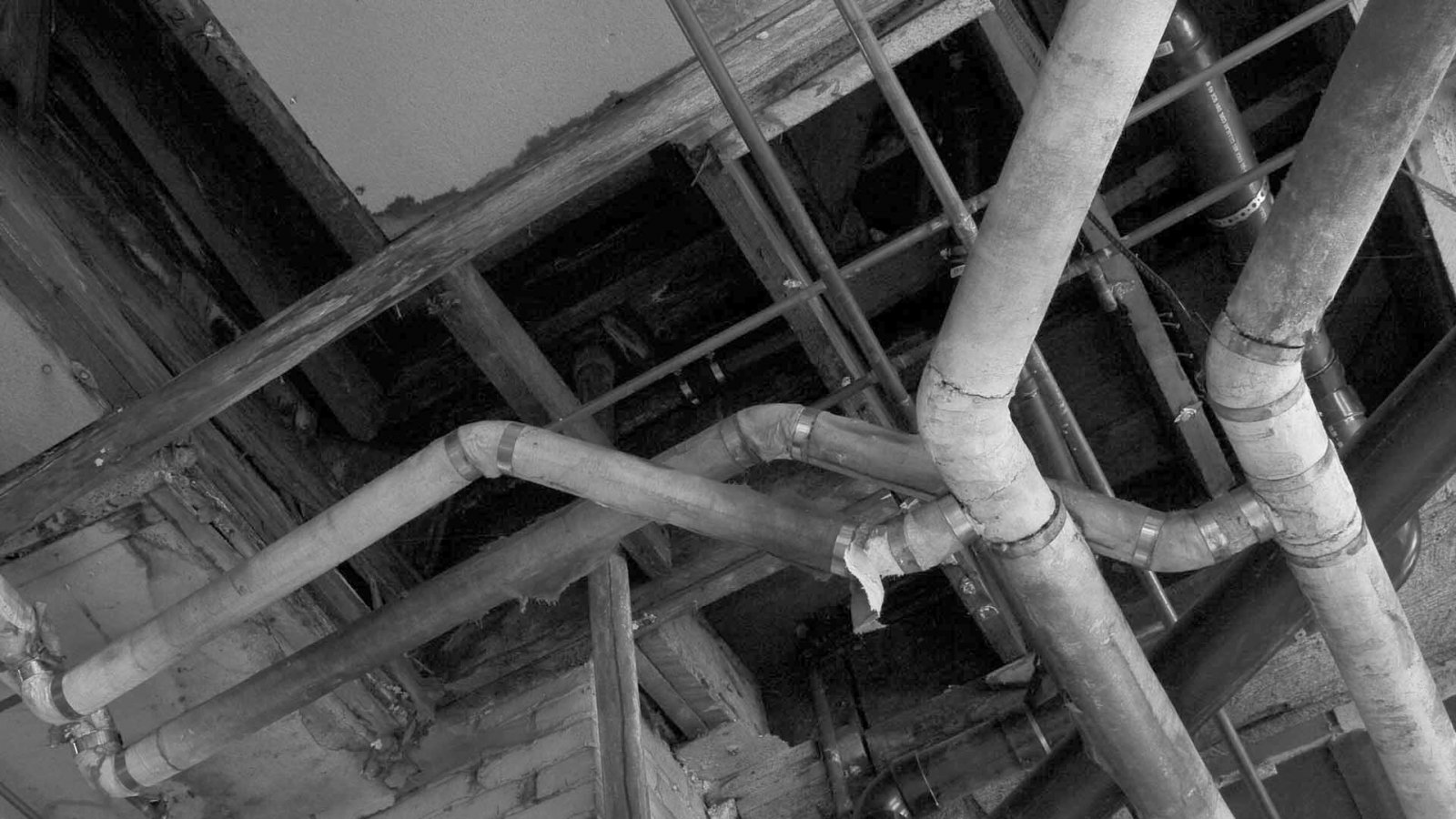

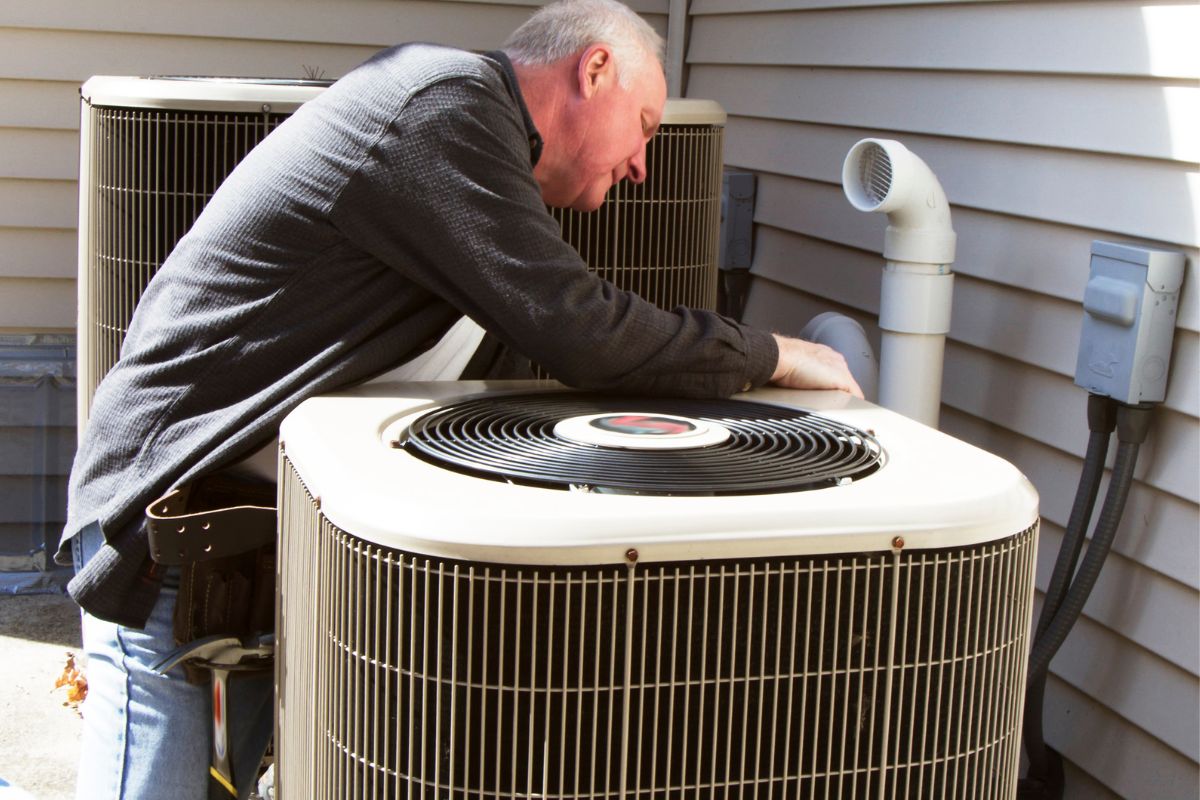


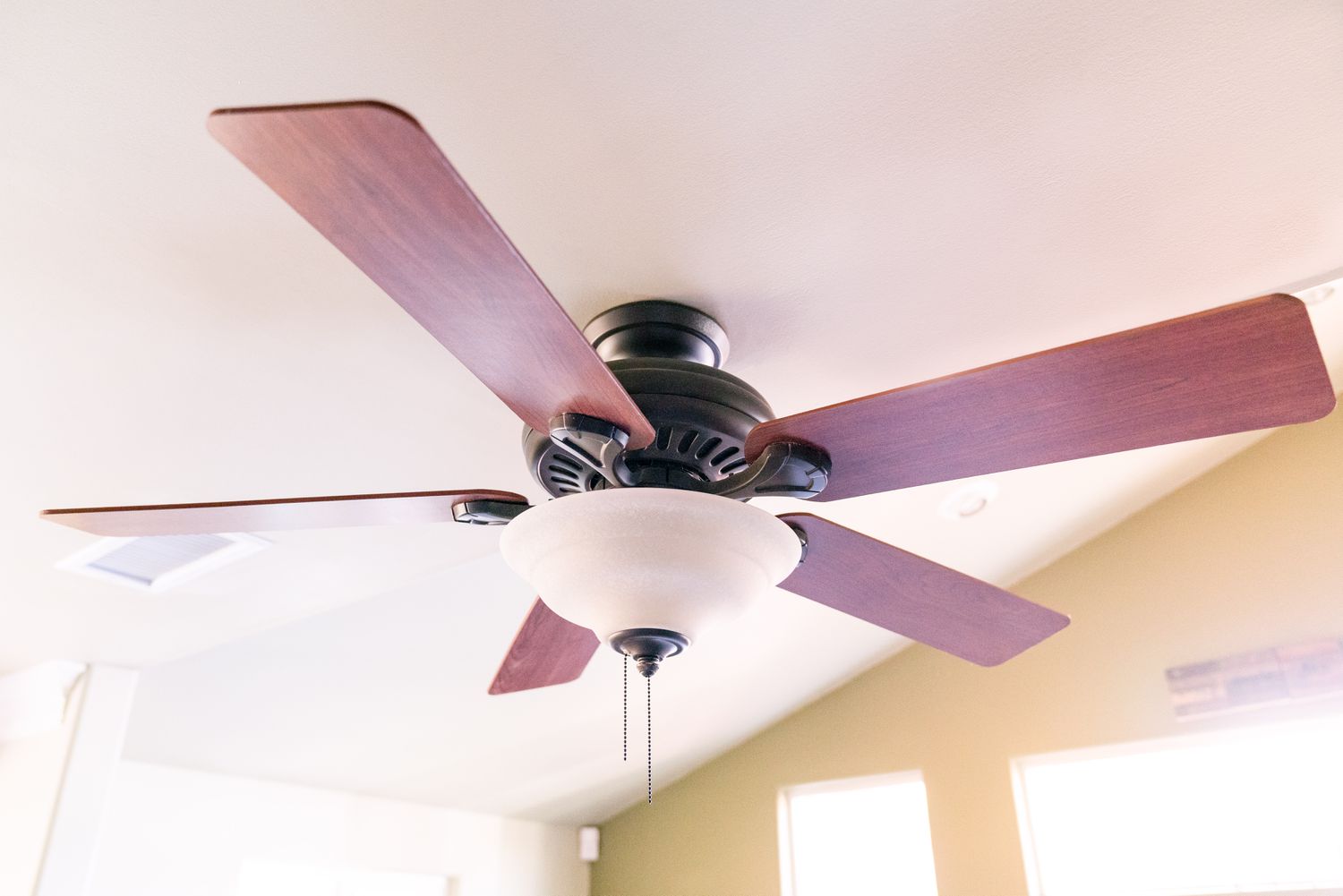
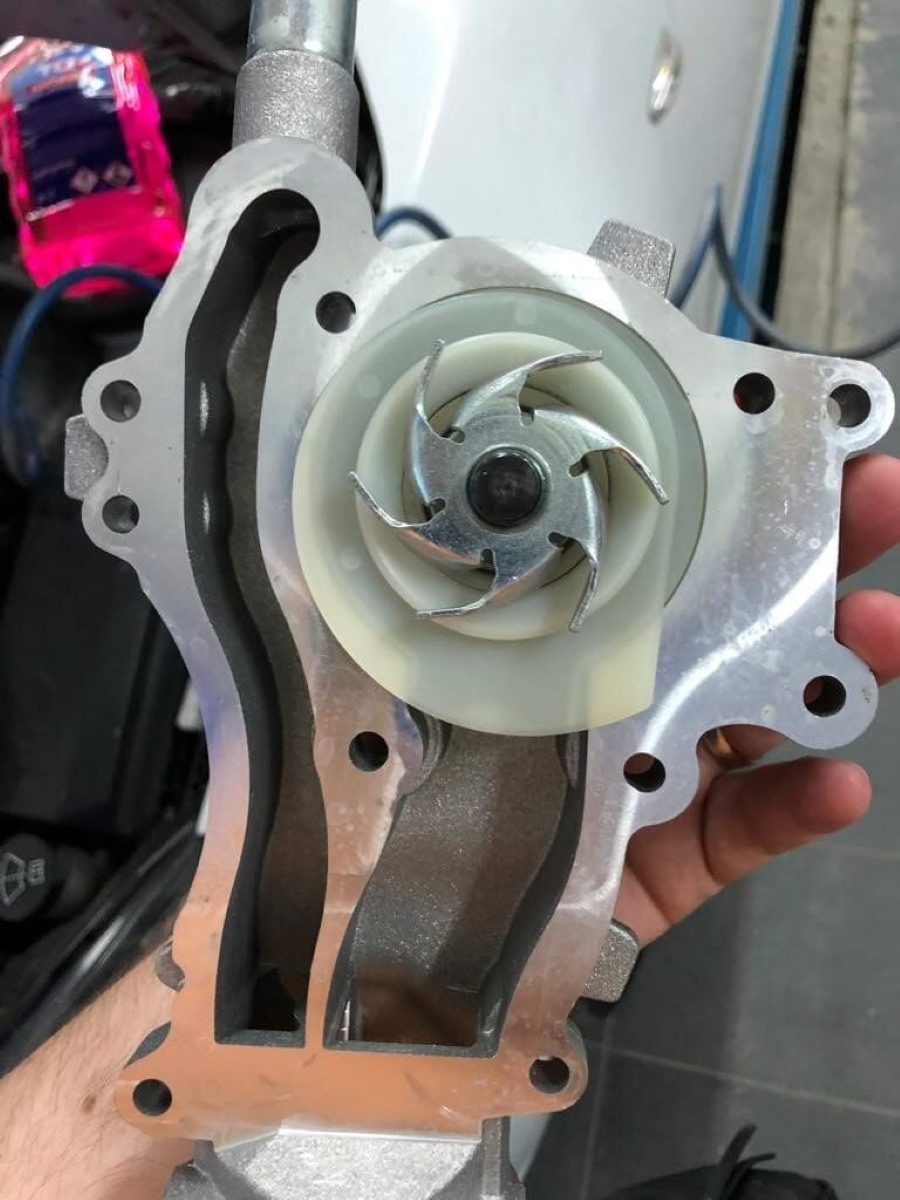






0 thoughts on “Why Does My Attic Fan Make Noise”